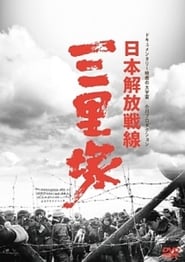detail profile shinsuke ogawa
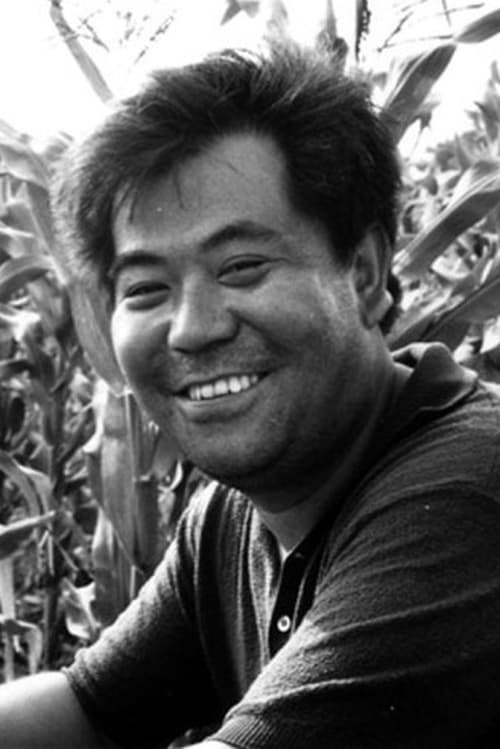
Riwayat Hidup
Shinsuke Ogawa (小川紳介, Ogawa Shinsuke) (25 June 1935 - 7 February 1992) was a Japanese documentary film director.
Ogawa and Noriaki Tsuchimoto have been called the "two figures [that] tower over the landscape of Japanese documentary.
"
Ogawa began his career at Iwanami Productions (Iwanami Eiga) making PR (public relations) films alongside other important directors such as Tsuchimoto, Kazuo Kuroki, Yōichi Higashi, and Susumu Hani.
Turning independent, he first made documentaries about radical political movements in 1960s and 1970s Japan, most famously the "Sanrizuka" or "Narita" series, which recorded the struggle by farmers and student protesters to prevent the construction of the Narita International Airport in Sanrizuka, Chiba Prefecture.
He won the Directors Guild of Japan New Directors Award for Summer in Narita in 1970.
Ogawa's was a committed form of documentary, which clearly took the side of those combatting unjust power.
A growing sense that he did not understand the life of the farmers he was filming, however, led Ogawa and his crew, collectively called Ogawa Productions, to leave for Magino in Yamagata Prefecture where they spent decades filming the life and histories of everyday farmers while living with them and pursuing agriculture.
He often worked with the cinematographer Masaki Tamura.
The "Magino" films became the epitome of Ogawa's stance towards documentary: that one can only record a reality that one has been truly immersed in.
Ogawa was influential in the creation of the Yamagata International Documentary Film Festival, where the top prize in the Asia program was named after him.
The film Devotion by Barbara Hammer is about Ogawa Productions.
Info Pribadi
Peran Yang Di Mainkan Shinsuke Ogawa
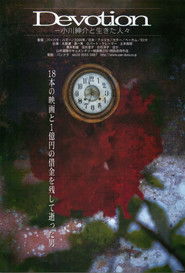 Devotion investigates the extremely complex and...
Devotion investigates the extremely complex and...Devotion: A Film About Ogawa Productions 2002
Devotion investigates the extremely complex and heirarchical relationships among a committed group of Japanese filmmakers who dedicated up to 30 years of their lives making films for one man-Ogawa Shinsuke. Members of Ogawa Pro filmed the student movement of the late 60's; the fight by farmers to save their land from government confiscaton for the Narita airport at Sanrizuka; and the village life of a small farming community, Magino Village, in northern Japan. These heartbreaking and sometimes funny stories have never been told on film before. Rare footage, stills, and diaries with interviews with Oshima Nagisa, Hara Kazuo and Robert Kramer make this historical inquiry visually exciting as well as valuable.
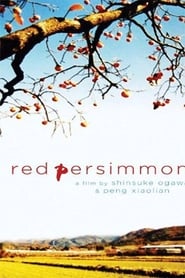 The ostensible subject of this film...
The ostensible subject of this film...Red Persimmons 2001
The ostensible subject of this film is the growing, drying, peeling and packaging of persimmons in the tiny Japanese village of Kaminoyama. The inhabitants explain that it is the perfect combination of earth, wind and rain that makes their village’s persimmons superior to those grown anywhere else, including the village just a few miles away. The film’s larger subject, however, is the disappearance of Japan’s traditional culture, the end of a centuries-old way of life.
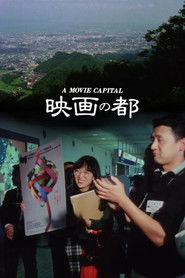 This film is a record of...
This film is a record of...A Movie Capital 1991
This film is a record of the first Yamagata International Documentary Film Festival. It reflects the various ways the festival was given shape by nascent global changes embodied by Perestroika, the Tiananmen Square massacre, and many other contemporaneous events.
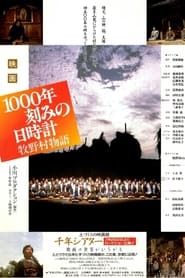 The movie compiles footage taken by...
The movie compiles footage taken by...Magino Village: A Tale 1987
The movie compiles footage taken by Ogawa Production for a period of more than ten years after the collective moved to Magino village. Unique to this film are fictional reenactments of the history of the village in the sections titled "The Tale of Horikiri Goddess" and "The Origins of Itsutsudomoe Shrine". Ogawa combines all the techniques that were developed in his previous films to simultaneously express multiple layers of time—the temporality of rice growing and of human life, personal life histories, the history of the village, the time of the Gods, and new time created through theatrical reenactment—bring them into a unified whole. The faces of the Magino villagers appear in numerous roles transcending time and space—sometimes as individuals, sometimes as people who carry the history of the village in their memories, sometimes as storytellers reciting myths, and even as members of the crowd in the fictional sequences.
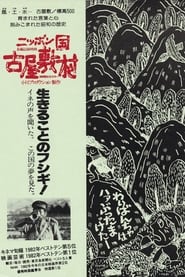 This is Ogawa Productions first major...
This is Ogawa Productions first major...Furuyashiki: A Japanese Village 1982
This is Ogawa Productions’ first major film from their Yamagata period. They had already started photography on Magino Village -A Tale but they were drawn to this village deep in the high country above Magino when a particularly cold bout of weather threatened crops. Inevitably, their attention strayed from the impact of weather and geography on the harvest to the “life history” of Furuyashiki Village. On the one hand, Ogawa returns to his roots by playing with the conventions of the science film. At the same time, he discovers a local, peripheral space in which to think about the nation and the state of village Japan. From this “distant perspective” in the very heart of the Japanese mountains, Ogawa discovers a village still dealing with the trauma of global warfare and struggling for survival as their children flee for the cities.
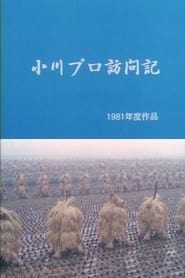 A Visit to Ogawa Productions offers...
A Visit to Ogawa Productions offers...A Visit to Ogawa Productions 1981
A Visit to Ogawa Productions offers a rare insight into the social and cinematic philosophy of one of Japan's best-known documentary film collectives. As the film reveals, Ogawa Productions' in-depth portraits of Japanese society - whether of protest movements or traditional agricultural life - grew out of an unusual commitment to integrate themselves with the communities they filmed, to the extent that their film-making literally became an alternative lifestyle.
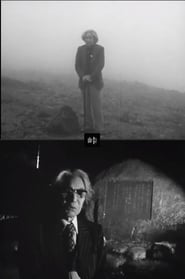 This rural documentary features poet Jin...
This rural documentary features poet Jin...The Magino Village Story: Pass 1978
This rural documentary features poet Jin Makabe. Thoughts about agriculture, memories, landscapes.
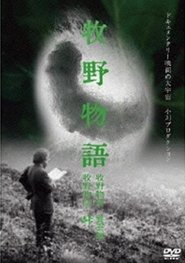 Ogawa Production Staff who moved to...
Ogawa Production Staff who moved to...The Magino Village Story: Raising Silkworms 1977
Ogawa Production Staff, who moved to Makinomura in Yamagata Prefecture, looks at sericulture, sericulture labor, agriculture ... Let's listen to people's words and stare for the sake of staring ...
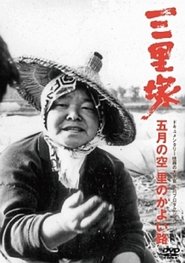 In the mid1970s protests were...
In the mid1970s protests were...Sanrizuka: The Sky of May 1977
In the mid-1970s, protests were waning across Japan after the Red Army scandal of Asama Cottage. In Sanrizuka, people were weary of the violence and the airport was well under construction. As for Ogawa Productions, they invited criticism by pulling out and moving to a quiet village in northern Japan. But when protesters back in Sanrizuka erected a tall tower at the end of one runway, they sent a crew to document what happened. This became the final film of the Sanrizuka Series.
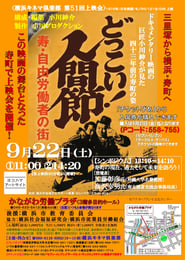 After the waning of the protests...
After the waning of the protests...Dokkoi! Songs from the Bottom 1975
After the waning of the protests in Sanrizuka, Ogawa Pro started questioning the future of the collective and looking for other subjects to film. Following the method developed in the previous films, the filmmakers moved to the slum of Kotobuchi in the port city of Yokohama, where more than 6000 people were struggling to get by without any means of survival, exposed to industrial accidents and diseases. The result is one of the most moving films produced by the collective, a series of beautifully filmed portraits, voicing the silenced stories and songs of a group of people living in this community. Credit: ICA London
 Shinsuke Ogawa documentary about the life...
Shinsuke Ogawa documentary about the life...Sanrizuka: Heta Village 1973
Shinsuke Ogawa documentary about the life of the farmers in Heta Village opposing their resettlement due to the construction of Narita Airport.
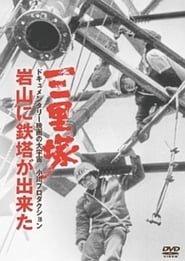 The third film in Ogawa Productions...
The third film in Ogawa Productions...Sanrizuka: The Building of Iwayama Tower 1972
The third film in Ogawa Productions’ Narita/Sanrizuka series of documentaries about the resistance by farmers and activists to the construction of the Narita Airport.
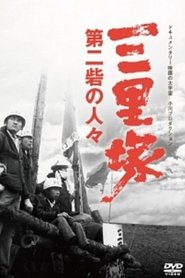 Its the mid 60s Tokyo needs...
Its the mid 60s Tokyo needs...Sanrizuka: Peasants of the Second Fortress 1971
It's the mid 60s. Tokyo needs a new airport. There isn't anywhere in Tokyo to put it, so the government decides on displacing some adjacent villages. The peasants of these villages are not having it. What results is a remarkable act of protest and civil disobedience.
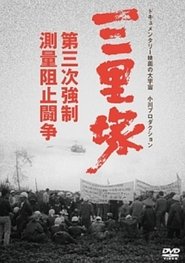 In 1968 the plan by the government...
In 1968 the plan by the government...Sanrizuka: The Three Day War 1970
In 1968 the plan by the government to construct a new international airport in the fields of Sanrizuka near Tokyo unleashed one of the most important and enduring social upheavals in the history of postwar Japan. The plan sought to evict thousands of farmers from their lands without any sort of respect for the locals’ rights. Their resistance to eviction was met with extreme violence by the police. Activists from all over the country, including thousands of students, joined with the farmers in their mounting struggle. As the combats in Sanrizuka became more intense and the numbers of police increased, the collective became more involved in the fighting. Sanrizuka: The Three Day War was what Ogawa called a “bullet film”, an immediate and powerful piece of agitprop shot in three days and intended to be seen as quickly and widely as possible. Credit: ICA London
 In 1968 Ogawa decided to form Ogawa...
In 1968 Ogawa decided to form Ogawa...The Battle Front for the Liberation of Japan – Summer in Sanrizuka 1968
In 1968, Ogawa decided to form Ogawa Productions and locate it at the newly announced construction site of Narita International Airport in a district called Sanrizuka. Ogawa chose to locate his company in the most radical of the villages, Heta. Some farmers immediately sold their land; others vehemently protested and drew the support of social movements across the country. Together they clashed with riot police sent in to protect surveyors, who were plotting out the airport. Summer in Sanrizuka is a messy film – its chaos communicating the passions and actions on the ground.
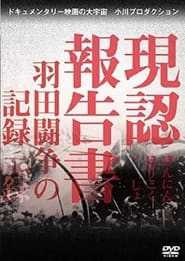 A film made with a group...
A film made with a group...Report from Haneda 1967
A film made with a group of student and worker activists during the Haneda 1967 protests against Japan’s cooperation with the US and the Vietnam war. The film subverts the conventions of mainstream television news coverage to investigate in great detail the killing of a young protester during clashes with the riot police and thus denounces the increasing use of repressive violence by the government.
